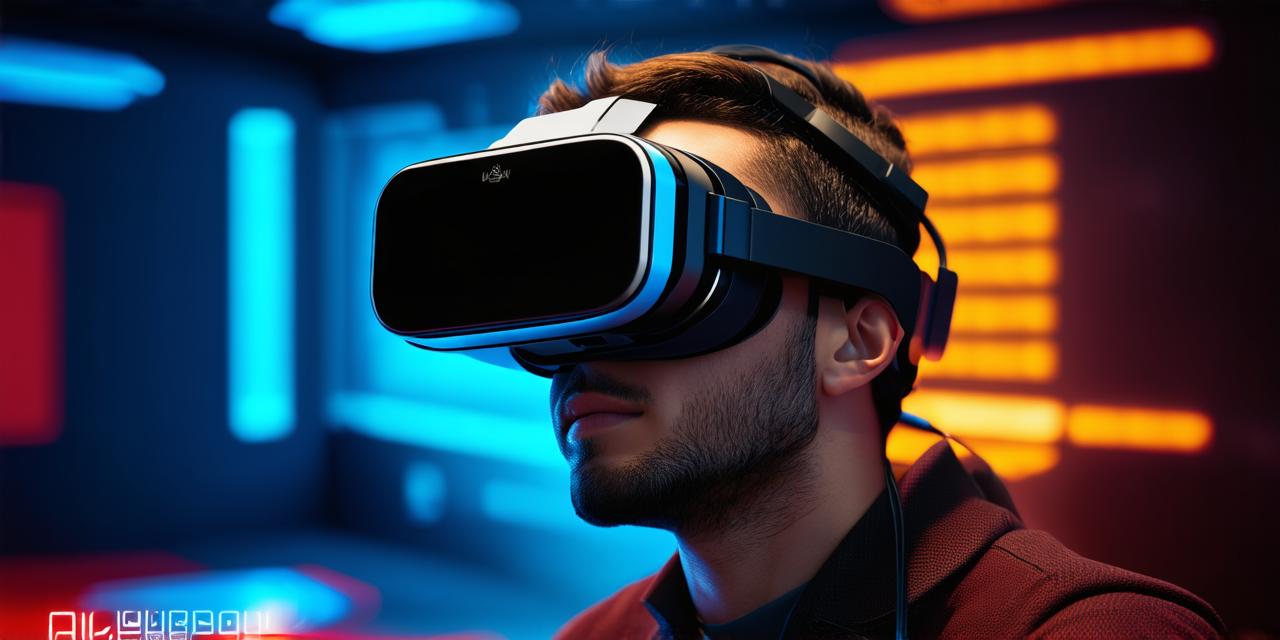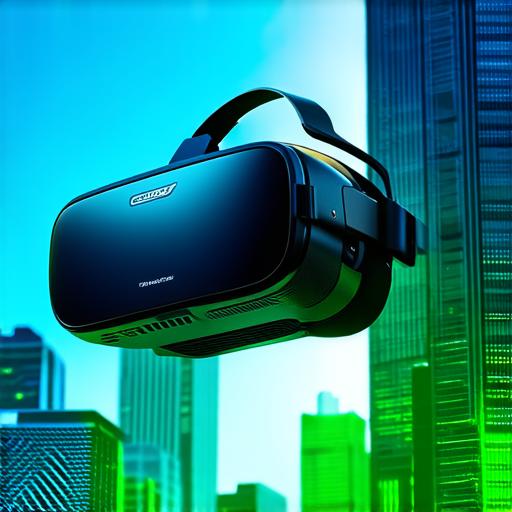
How Virtual Reality Operates
Virtual Reality (VR) technology has revolutionized the way we interact with digital content, providing users with a sense of immersion that was previously impossible.
For developers, this presents an exciting opportunity to create unique and engaging experiences that can captivate audiences around the world. In this comprehensive guide, we will explore the intricacies of how VR operates, from hardware and software components to best practices for creating unforgettable experiences.

Hardware Components:
The first step in understanding how VR operates is to understand the hardware components. At its core, every VR system consists of a head-mounted display (HMD), which tracks the user’s movements and displays a 3D image in front of their eyes. There are two main types of HMDs: wired and wireless.
Another important component is the tracking system, which uses sensors to track the user’s movement and adjust the image accordingly. There are three main types of tracking systems: optical, inertial, and ultrasonic. Optical tracking uses cameras to track the user’s position and orientation, while inertial tracking uses accelerometers and gyroscopes to measure motion.
Ultrasonic tracking uses sound waves to measure distance and movement.
Software Components:
Once the hardware components are in place, software is needed to bring the VR experience to life. The most important software component is the game engine, which provides a framework for creating interactive scenes and characters. There are many popular game engines used in VR development, including Unity, Unreal Engine, and CryEngine.
Other software components include input devices, such as controllers or gloves that allow users to interact with virtual objects. Audio and haptic feedback systems also play a crucial role in creating an immersive experience. Haptic feedback can simulate tactile sensations, such as the feeling of touching or grabbing an object, making the user feel more connected to the virtual world.
Best Practices for Creating Engaging VR Experiences:
To create an engaging VR experience, developers need to keep the user at the center of the design process. This means understanding the user’s needs and preferences, as well as designing intuitive controls that make it easy to interact with virtual objects. The user interface (UI) should be simple, easy to navigate, and provide clear feedback on the user’s actions.
Another important best practice is to create a sense of presence in the virtual world. This can be achieved through careful use of lighting, sound effects, and other environmental cues that help the user feel immersed in the experience. Lighting can create shadows and highlights that make objects appear more realistic, while sound effects can enhance the atmosphere and provide audio feedback on the user’s actions.
Conclusion:
Virtual reality technology is constantly evolving, and there is always something new to learn about how it operates. By understanding the hardware and software components, as well as best practices for creating engaging experiences, VR developers can create immersive worlds that transport users to new and exciting realms of imagination. As VR continues to grow in popularity, the possibilities for creative expression are virtually limitless. Whether you’re a seasoned developer or just starting out, this comprehensive guide provides a solid foundation for understanding how virtual reality operates and how to create unforgettable experiences for users around the world.


